Monstera Thai Constellation (Creamy Allusion) – Rare
Original price was: ₹5,699.00.₹3,299.00Current price is: ₹3,299.00.
5 in stock
Selling Size: Single medium plant (3-5 leaves) | Pot Included | Free Shipping
How and when to repot a Monstera Thai Constellation
When it comes time to repot, don’t. Just kidding (sort-of). Repot if you really have to, but don’t go overboard. And don’t repot your new arrival too soon either! Rookie mistake I think we’ve all made. Let the poor stressed chap adjust for a while before putting it through transplant stress, on top of transport stress (I’d wait at about a month unless there’s a health reason for a repot).
One reason I would repot is poor soil. If your Thai’s not in suitable soil, something that’s staying wet too long, I’d consider repotting pretty soon, once he’s settled in a couple of weeks, sooner if it’s really impacting health. Watch for signs of root rot caused by water retention. Often the mix that’s great for commercial nurseries and growers is no good in typical household conditions. You don’t have to pot up a size, just get rid of that soil and give him a better mix more suited to your conditions, back in to the same pot if you like.
When you do pot up, only go up about a couple of cms (so from a 14cm to a 16cm for example). Too massive an increase can (at best) stop or slow stem and leaf growth while your plant diverts its energy in to root growth, to fill up all that new room, or (much worse), lead to root rot from that big increase in soil holding far more water than the roots are used to coping with.
If and when you do repot, use the tips in the Guide to Repotting to cause minimal stress and a faster recovery without complications.
Watering requirements
Back. Away. From. The. Water.
The Monstera Thai Constellation is 100% NOT the plant for you if you’re an over-waterer. No helicopter parenting needed here. Time to change your watering ways. Think lightly moist, not wet.
Over-watering is far worse than under-watering for the Thai. Root rot is your enemy (and unfortunately Thai are more prone to root rot). BUT they aren’t as tolerant of drying out like their green Monstera Deliciosa cousins either, so you need to find the right balance.
I’d wait till about half to 3/4 of the potting mix is dry before watering again. Don’t let them fully dry out. If you’re worried, a cheap water meter helps with peace of mind as you can push the probes down to check below the surface easily, but if budget allows, consider grabbing a Sustee or Crew Soil Sensor. Something you can leave in your plant and tell at a glance what the moisture level is down at root level. Total game changer. A cheap investment for not stuffing up such an important element of care for these chaps.
The right pot
You could go for terracotta depending on how diligent you are at watering. If you err on the side of neglect and are more of an under-waterer, stay away from terracotta as your plants will dry out too fast. Terracotta is a goodie for over-waterers though!
Personally I go for stock-standard, plastic nursery pots with drainage holes, popped neatly inside a cover pot. I much prefer clear pots as you can see the water droplets form lower and lower on the inside of the pot and know when to water. I never water while in the cover pot, but you can. If you do, set a timer and tip out excess water after 10 to 15 minutes. Don’t let your Thai sit or soak in water for long.
Thai have a deep root system, so a deeper / taller pot is a better choice than a wider / shallower pot for these guys. Whatever you choose, something with drainage holes is an absolute MUST in my books. The risk of root rot is just too high without drainage otherwise.
Temperature
Although they can tolerate cooler and warmer temperatures short-term, aim to keep your Monstera Thai Constellation in his happy range of 20 to 30 degrees. They can tolerate cooler provided all other conditions are good and it’s not a sudden temp change, but I still try to avoid dropping below 15 to 18 degrees (celsius).
Luckily that’s a temperature range that’s not too difficult to achieve in most homes, but do keep an eye on those temperature drops come winter, especially if you got your Thai during easier-care summer months. Vents and draughts are a no for these chaps. Sudden temp changes are also a no. Move them from the path of cool or hot airflow from your aircon or heat pump. Also consider what temperature your Thai’s environment is when you’re not home, and overnight.
Light
Light is another area the Monstera Thai Constellation differs from their all-green buddies. Variegated plants in general need to work harder to photosynthesize. Yep, that rather important ‘vital for life’ requirement. Since light is a biggie for photosynthesis, your Thai needs more of it than the all-green Monstera to maintain those variegated leaves, especially ones with bigger variegated sections.
Go for a position with plenty of bright light. Remember the variegated sections lack chlorophyll (otherwise they would be green), which means they can’t absorb light and are more photo-sensitive. Low light is not recommended. Better to go for medium to bright light.
Ideally that light should not be only from one direction though, as like their green cousin, they’ll reach for the light and can become more leggy and less leafy in low light. If you can’t help the stronger light from one direction, quarter turn your Thai about monthly and they should be sweet.
Unlike some highly-variegated plants though, the Thai can handle some direct sunlight. Especially the greener more speckled and freckled leaves without big white patches. Those big white patches though? I’d keep clear of direct sun for fear of sunburn. Dappled, moving light is always better and morning sun or winter sun is better than the more intense afternoon or summer sun.
Stay clear of direct sun all together if unsure, but if the perfect spot for your Thai gets early morning sun in summer, or weaker daytime sun in winter, you should be fine. Just stay out of the sun for longer lengths of time, and no super-harsh daytime and afternoon sun direct in summer. Think gentle sun and you’ll be sweet.
Humidity
Monstera Thai Constellation have similar humidity requirements to their green Monstera Deliciosa fam. I’d call them ‘medium’ on the humidity scale. In a typical kiwi summer no extra humidity should be needed unless you live in a very dry region. It’s plenty humid for our lucky tropical indoor plants in general in NZ.
In winter or if you have a heat pump, DVS, HRV or fireplace going, you may need to consider running a humidifier. Look out for for crispy, dry, brown tips or edges as a sign extra humidity is required. For humidity I find a pebble tray doesn’t do much, nor does misting. Aim for humidity above 60%. Get a hygrometer to find out what your level is now, and consider a plant humidifier if you find humidity is too low.
Tip for new arrivals: Thai Monstera typically start out in a lab environment if grown from tissue culture, then often moved to an indoor nursery with plenty of warmth and humidity, so they become used to a higher humidity environment. When you first get yours home, maintaining that warmth and higher humidity, at least for the first couple of weeks, will help your Thai settle in sooner with less stress, so less chance of disease or leaf loss – or those dreaded brown patches!
What’s the best fertiliser for Thai Constellation?
Being a slower grower than the all-green Monstera Deliciosa, the Thai rates at the lighter end of a medium to light feeder. However that doesn’t mean you should starve them! Definitely do feed your Thai, just go easy. You don’t want to risk fertiliser burn for the Thai even more than most as being slower-growers that are more salt-sensitive. The Weakly Weekly method is ideal.
Look for a fertiliser that’s complete and balanced, and one that ideally avoids ingredients with a higher salt index. There’s a section on fertiliser in the Variegated Indoor Plant Care guide that gives you a few options of fertilisers that are safer for variegated plants. The one I use is free of urea, chlorides and sodium, but if yours does have those more common fertiliser ingredients, a good heavy top water about once a month to flush out excess salts is important.
What I would say, no matter what food you choose, is best not to go overboard on the DIY fertiliser. How well your Thai will grow depends on what nutrient it has the least of, not the most. Not enough of a micro-nutrient can lead to excess of a macro-nutrient. It’s too easy to overdose on one nutrient when you make your own.
By all means experiment on your cheaper jungle members, and your Thai if you really want to, but for me the price tag on a Monstera Thai Constellation puts it firmly on my non-guinea-pig list. No banana skins, eggshells, milk-watering, tea, coffee grounds… (the list goes on).
Only logged in customers who have purchased this product may leave a review.

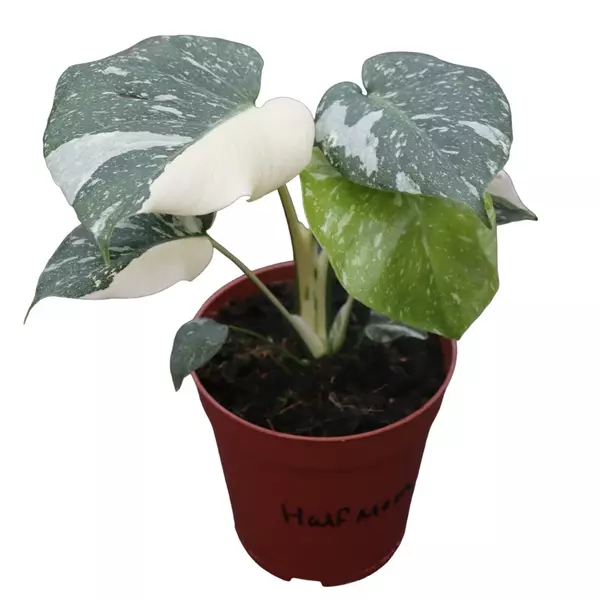
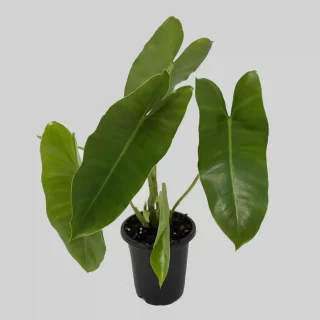
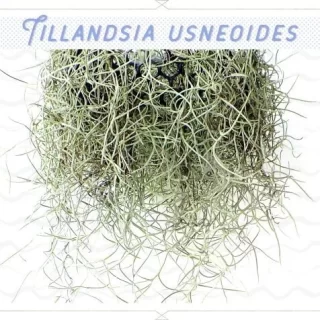
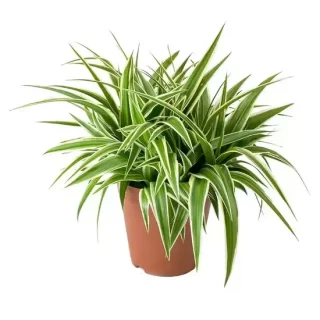
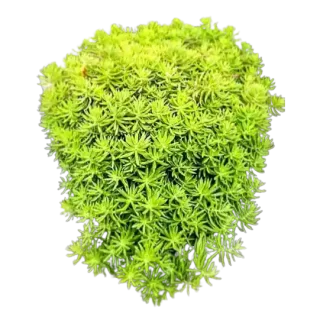
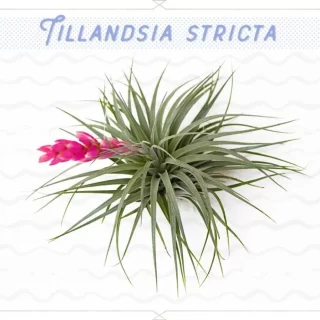
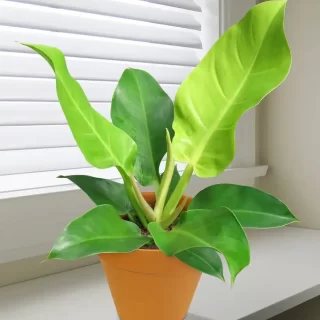
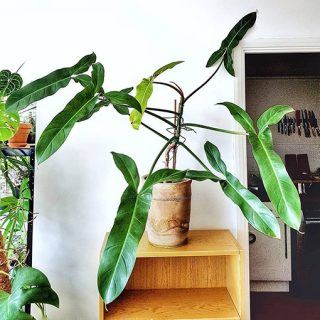
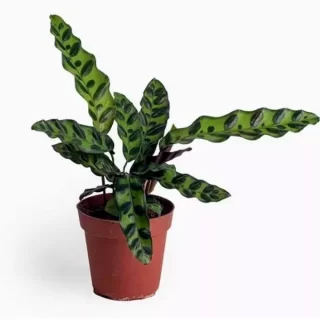
 If you need any assistance, I'm always here. Have you found what you were looking for?
If you need any assistance, I'm always here. Have you found what you were looking for?
Reviews
There are no reviews yet.